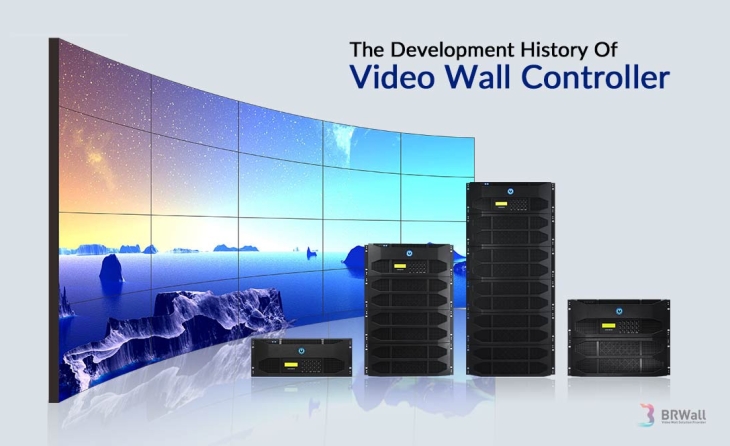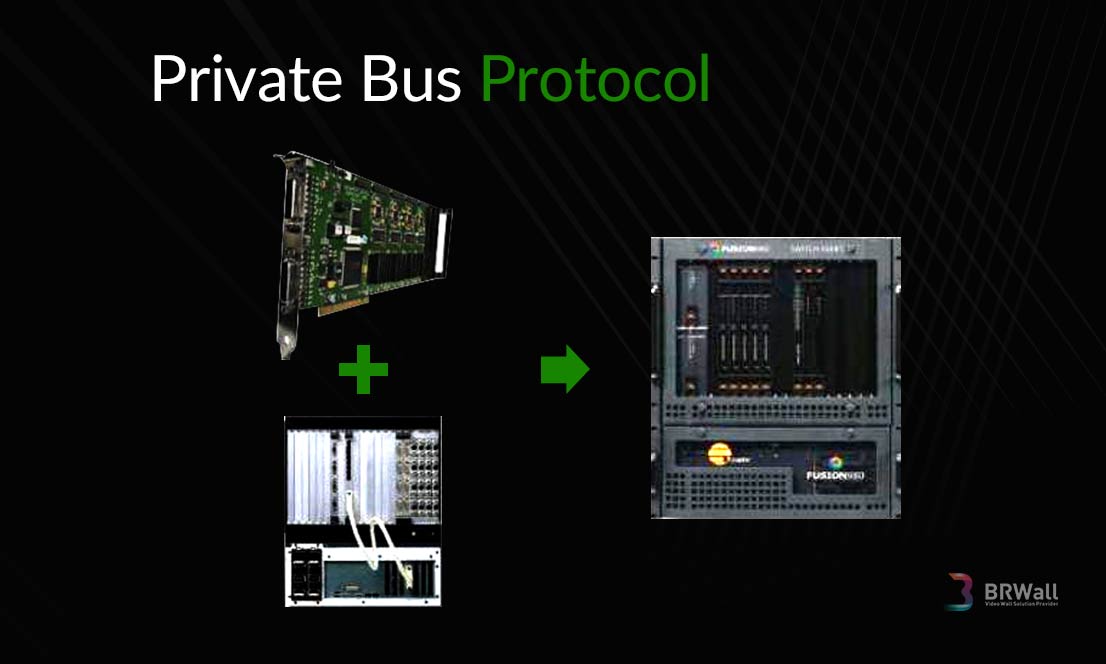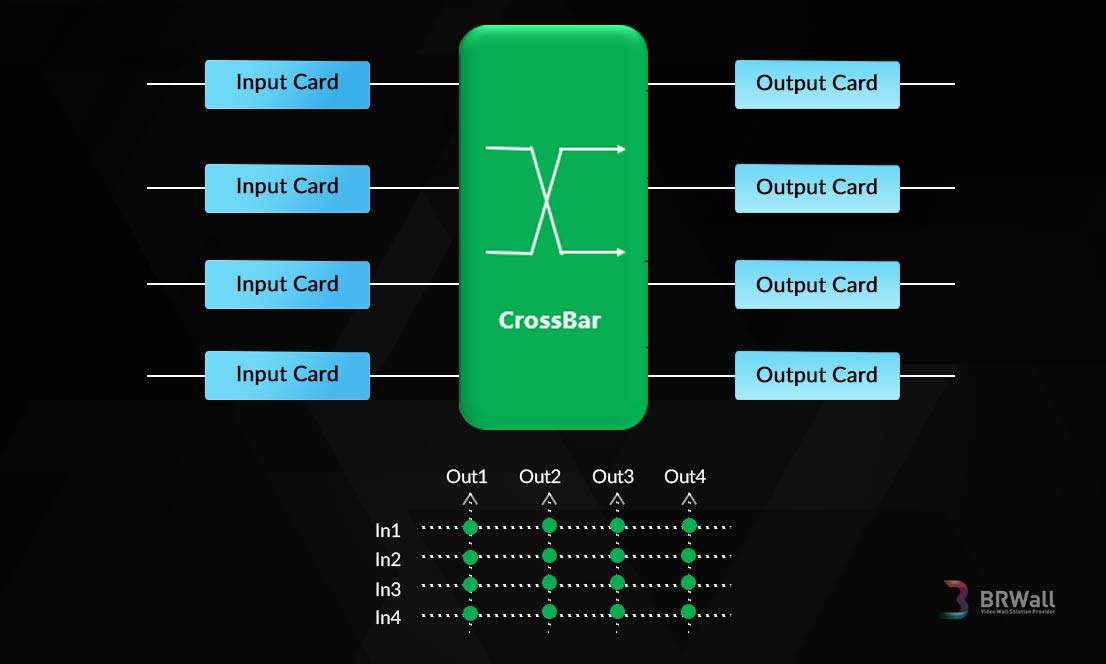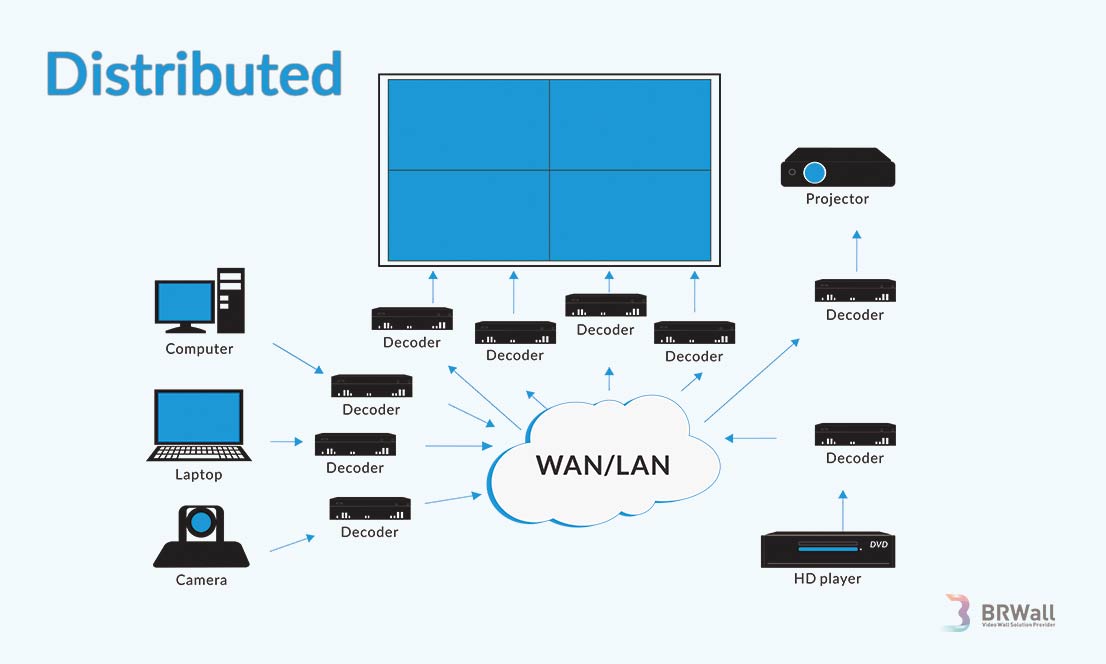The Development History Of Video Wall Controller


The first generation of video wall controller is made in 1982, adopt PC architecture, use one high performance PC host, the CPU and GPU of the PC are used to process the image algorithm, there are multi-head graphics cards for multi-screen output to realize the splicing function of the video wall. The comprehensive bandwidth of the image data is determined by the PC motherboard bus, and the superimposed roaming ability of the image is super strong, which can easily complete the operations of fusion, geometric correction, and nonlinear editing. However, limited by the scale and power consumption of the computer motherboard, the PC processor cannot receive a large number of inputs and outputs. If large-scale video wall is to be achieved, millions of industrial control devices must be configured. Because of the operating system, the relative stability is not high, so the cost performance is worrying, but its high-speed computing power is still its irreplaceable advantage, which has become a guarantee of its vitality. PC-type processors are generally suitable for small-scale splicing. In the splicing application, although there are still several foreign high-end manufacturers still supporting it, it has gradually declined in the domestic market.

The second generation of video wall controller is embedded architecture is Crossbar adopted by BRwall, pure hardware FPGA architecture. Around 2003, the cost of LCD splicing video wall greatly reduced, which promotes the development of video wall market. The demand for large-scale video wall is increasing, and the traditional PCI/PCI-E solution is not suitable for large-scale splicing processing, second generation of video wall controller is just meet the large-scale splicing requirements. The processing core of the centralized processor is the FPGA chip array. The FPGA chip has the characteristics of fast speed, parallel processing, and flexible functions, which greatly improves the running speed. The effective use of parallel processing technology makes the data distributed processing, without the processing speed bottleneck of the PC based version, so that multiple different types of signal access can be accepted at the same time.

The third generation of video wall controller is distributed or IP based, connects the image acquisition, image transmission and image display through a digital network. The network is used as a large-screen signal transmission carrier. The structure allows input and output nodes to be geographically dispersed and has great flexibility. The system has the functions of multi-point image signal sharing, network image input and output, and mobile terminal preview control. The features are put all input signals are encoded by the encoder, and then enter the network, and the output terminal outputs the upper screen through the decoder. The distributed splicing processor has a qualitative leap in engineering flexibility because of its scattered physical structure. It can be used to quickly build a complete system on a small-scale project, and it can be upgraded and expanded, or it can be directly It is applied to large-scale and complex projects, which reduces the difficulty of the project and enriches the features of functions. It can even split a complex function into multi-phased construction to solve the problem of construction costs.
In summary, the splicing processor has grown in the market for more than thirty years, from the PC architecture, to the centralized architecture, and then to the network distribution. Although the production time has a sequence, but the three generations of products have their own Advantages and disadvantages, there is currently no absolute elimination mechanism. Thus different architectures adapt to different application scenarios, so that different architectures occupy different ratios in the market.
With the market trend, the most suitable market in the future should be a hybrid architecture, combining the advantages of FPGA and IP Based architecture.
In summary, the splicing processor has grown in the market for more than thirty years, from the PC architecture, to the centralized architecture, and then to the network distribution. Although the production time has a sequence, but the three generations of products have their own Advantages and disadvantages, there is currently no absolute elimination mechanism. Thus different architectures adapt to different application scenarios, so that different architectures occupy different ratios in the market.
With the market trend, the most suitable market in the future should be a hybrid architecture, combining the advantages of FPGA and IP Based architecture.





